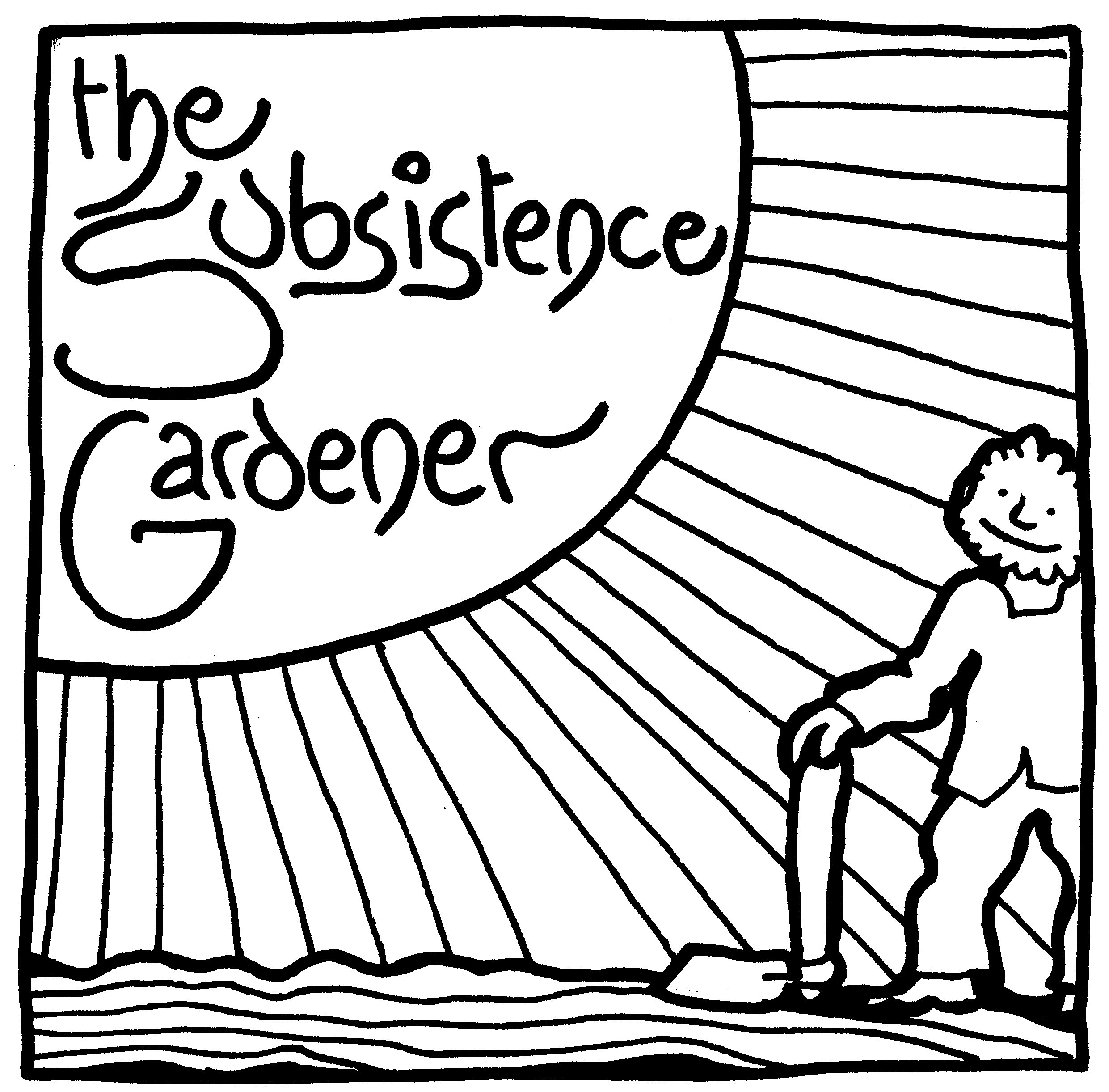One of the major problems with which we are faced today, is the fact that our view of human history has been largely shaped by a highly unrepresentative group of people, whose view of life has evolved out of European society in the late Middle Ages. Their fundamental belief was that there was something inherently superior about European culture (which in itself was not unusual, people all over the world probably thought that their own culture was superior to all others), and that they were therefore justified in taking their religion, their trading practices, and their technology to wherever they could – whether they were invited or not.
European academics had already developed a view of history that traced a line of progress from Ancient Greece, to the Roman Empire, to the European monarchies. At the same time, they largely ignored other strands of European history, such as Celtic history, Norse history, German history, etc., which, if they had been taken into account, would have painted a much more diverse picture, representing a variety of economic models, and, crucially, different ways of interacting with the environment, growing food, and managing the land.
When Europeans set out to explore the world, the cultures that they could relate to were those that most closely resembled the literate, city-based model, which they had already come to admire, and which viewed agriculture as an inferior activity, performed by lower-class, lower-caste, or financially oppressed people. Other cultures were viewed as being primative, and little serious effort was made to understand how they were able to manage their land sustainably, before they were seriously disrupted by contact, first with Euopean traders, and then settlers and colonialists. Rather than serving to broaden the minds of people in Europe, exploration helped to reinforce existing prejudices about civilised and uncivilised people.
In more recent times, some effort has been made to correct these misconceptions, and to recognise that pre-industrial tribal cultures maintained very sophisticated systems of land management – beneficial both to themselves and to the environment as a whole: but by and large, an over-simplistic view of human progress persists. Few people question the idea that early humans lived by hunting and gathering, and that there was a specific technological breakthrough when farming was invented, and that this gave rise to the ancient civilisations that we admire, and upon which we have built out modern, machine-based culture.
It would probably be more accurate to say that all people have always been involved in gardening, or farming, to a greater or lesser extent, and that no one ever simply hunted and gathered. Communities that have been labelled as hunter-gatherers, for example, may not have cultivated fields of cereal crops, but that does not mean that they didn’t nurture the plants, and animals that were useful to them, or that they didn’t carefully manage the tree population over a wide region.
Introducing slightly more intensive gardening practices, such as growing specific plants close to permanent, or semi-permanent, dwellings, is simply taking the same process a little further, as is cultivating an area, selecting seeds, and sowing crops. There are no clear dividing lines between hunter-gathering and subsistence gardening and farming.
If there is a clear-cut division, it is between the vast majority of people who, over the years, practised one form or other of subsistence gardening, and a small minority of people (generally living in super-fertile regions where the soil could support dense human populations, such as river deltas), who developed complex societies in which not everyone grew their own food. These civilisations have always had inbuilt contradictions, and follow predictable cycles of growth and decline; their hierachical structures lead to the people working the land being undervalued, and to the land being overworked and exhausted, at least temporarily.
This was probably never a good model to follow in less fertile areas, which are intrinsically better suited to a subsistence gardening type of land management. In much of Europe, away from the celebrated centres of government, this typically involved families cultivating a cereal plot, growing vegetables, and, maybe, having grazing rights for a few animals on nearby land. They would have had, on or close to their land, fruit trees, nut trees, semi-wild berries, herbs and plants to be foraged and fish and wildlife to be caught. Each household would also have been responsible for managing a stock of trees to meet their need for fuel and timber.
This is a form of subsistence gardening that we can still aspire to today. It involves reclaiming the land step by step, no one taking more than they need, and a natural balance being re-established in which human beings play their traditional role as the guardians of a sustainable countryside.
